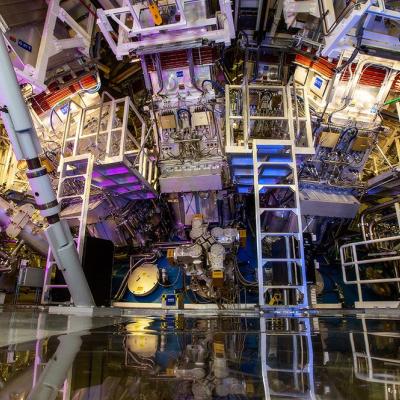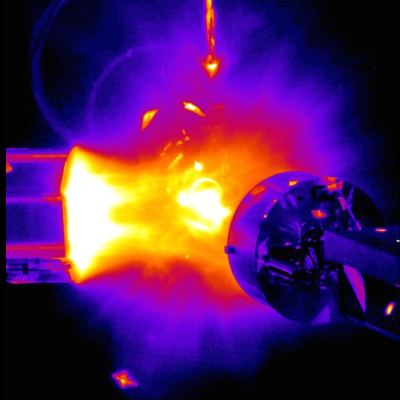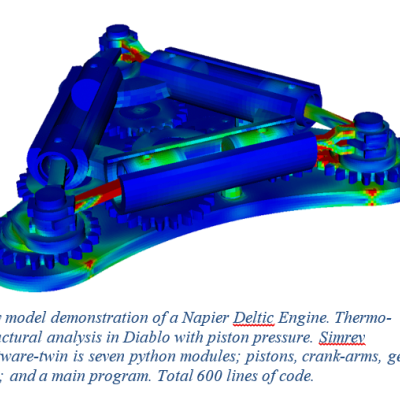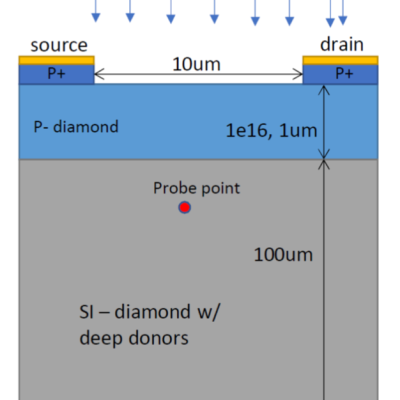LLNL’s novel approach is to use diamond substrates with the desired donor (nitrogen) and acceptor (boron) impurities. In order to optically activate these deep impurities, the invention requires at least one externally or internally integrated light source. The initial exposure to light can set up the desired conduction current, after which the light source could be turned…
Keywords
- (-) Show all (79)
- Electric Grid (7)
- Substrate Engraved Meta-Surface (SEMS) (7)
- Additive Manufacturing (6)
- Carbon Utilization (6)
- Compact Space Telescopes (5)
- Data Science (5)
- Cybersecurity (4)
- Diode Lasers (4)
- Laser Materials Processing (4)
- Materials for Energy Products (4)
- Precision Optical Finishing (4)
- 3D Printing (3)
- Direct Air Capture (3)
- Imaging Systems (3)
- Optical Damage Mitigation (3)
- RF Photonics (3)
- Additively Manufactured (AM) Optics (2)
- Fiber Lasers (2)
- Inertial Fusion Energy (IFE) (2)
- Ultrashort Pulse Lasers (2)

This novel detector for characterizing IFE implosions is an alternative to the current RTNADs to measure neutron fluxes > 3x1011 neutrons/cm2 at high shot rates. The detector consists of a stack of small square metal wafers separated by thin insulating spacers. Every other wafer is held at high voltage while the remaining wafers are grounded. The stack acts as an…


Simrev is a python library imported into a user-generated program. As the program grows in capability and complexity, the engineered product matures. The "software twin" handles all changes to product configuration and is the portal to running supercomputing analysis and managing workflow for engineering simulation codes. Assemblies become program modules; parts, materials, boundary conditions…


